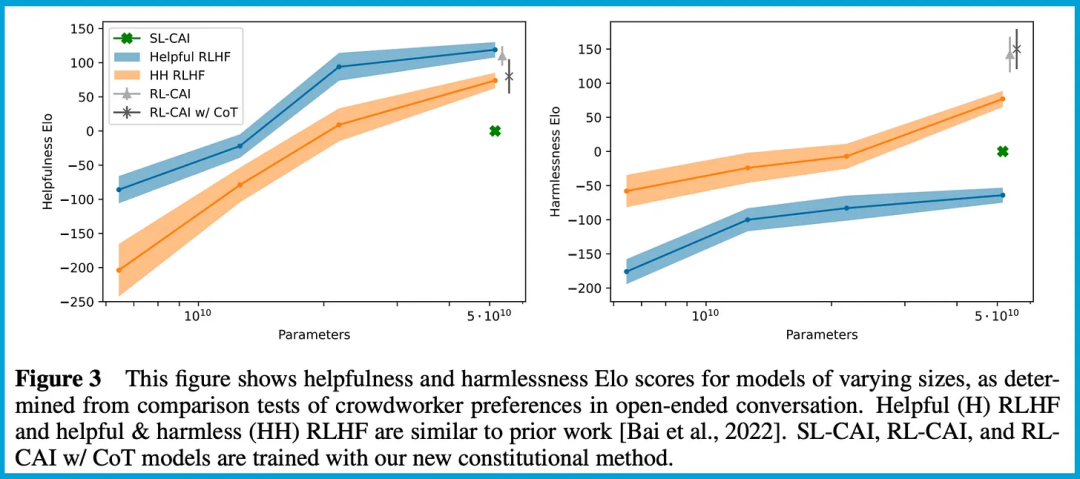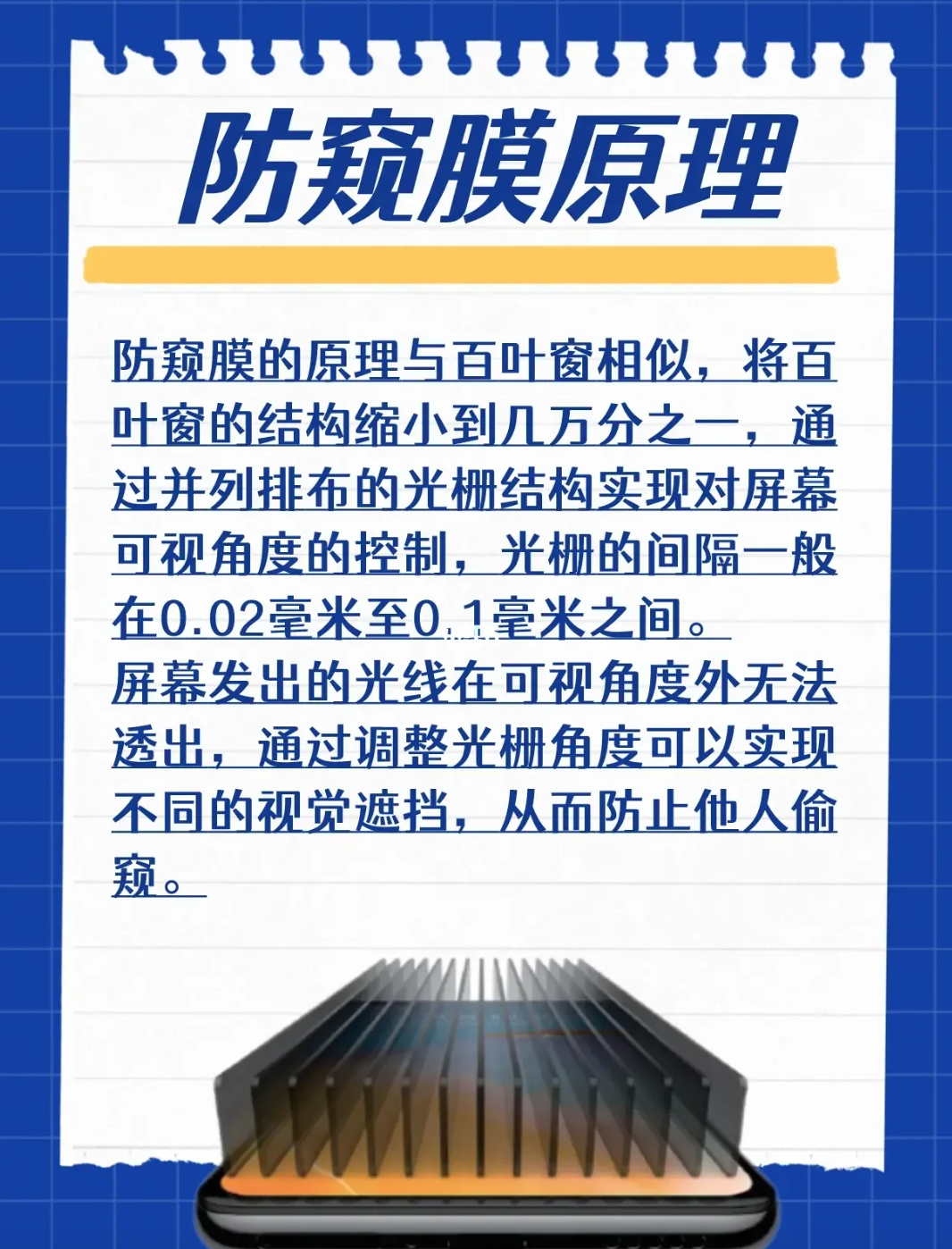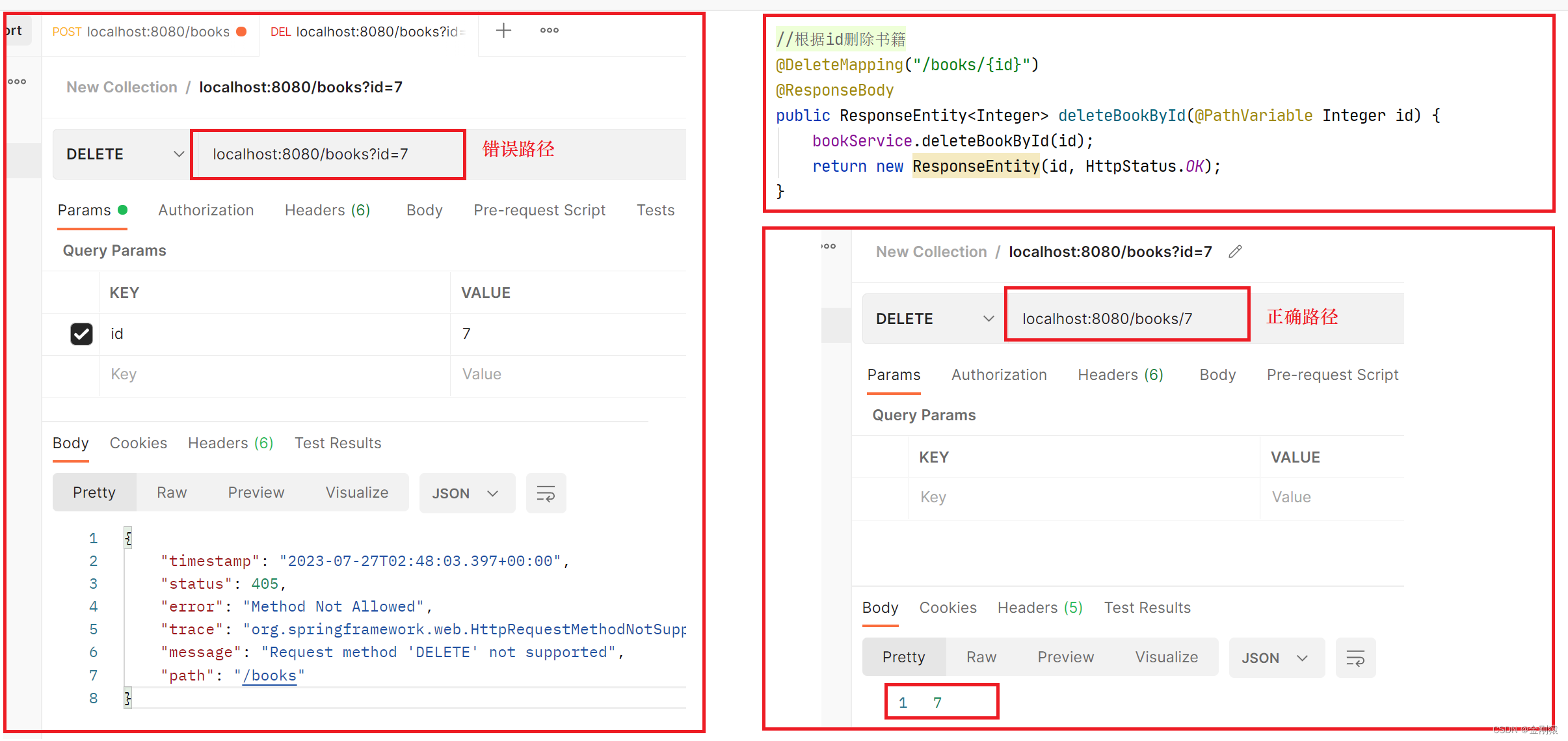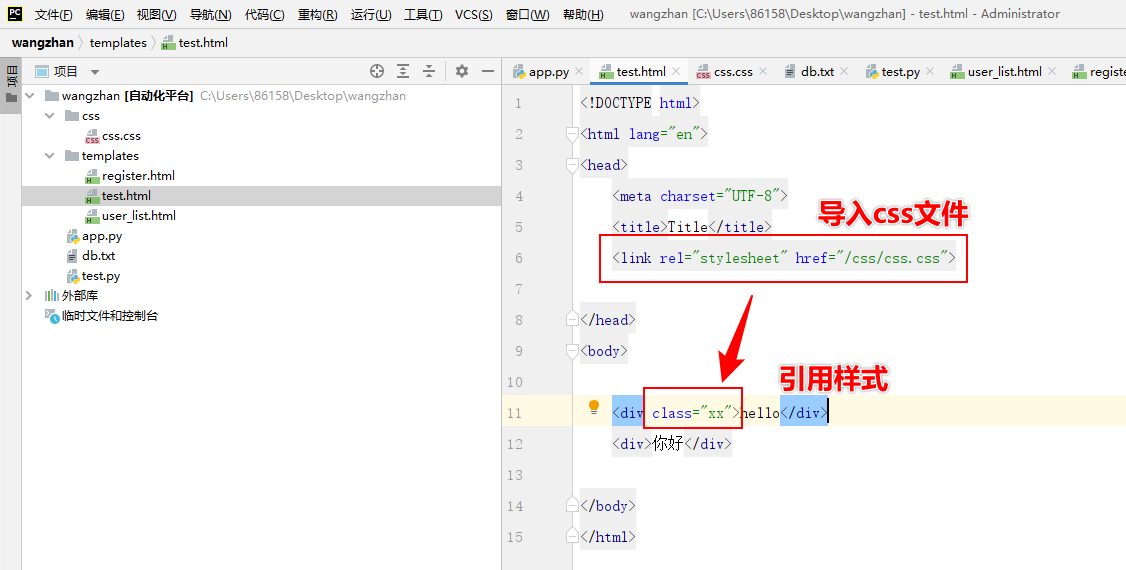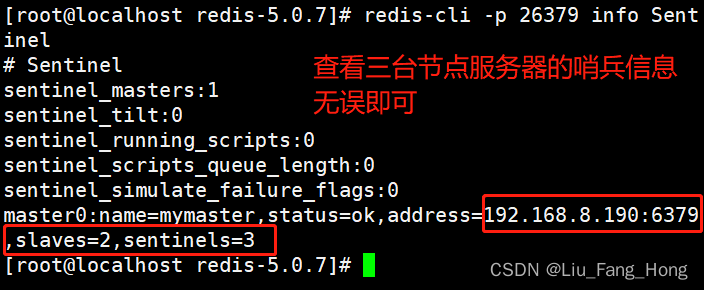目录
- 1. 静态资源
- 1.1 默认静态资源
- 1.2 Controller高优先级
- 1.3 修改静态资源的URL根路径
- 1.4 修改静态资源的目录
- 1.5 访问webjars依赖包的静态资源
- 1.6 静态资源的关闭
- 1.7 静态资源在浏览器的缓存
- 1.8 静态资源实战
- 1.9 通过代码自定义静态资源访问规则
1. 静态资源
查看源码如下:
package org.springframework.boot.autoconfigure.web.servlet;
......省略部分......
public class WebMvcAutoConfiguration {
......省略部分......
public void addResourceHandlers(ResourceHandlerRegistry registry) {
if (!this.resourceProperties.isAddMappings()) {
logger.debug("Default resource handling disabled");
} else {
// 将静态资源映射,都添加到映射中心
this.addResourceHandler(registry, this.mvcProperties.getWebjarsPathPattern(), "classpath:/META-INF/resources/webjars/");
this.addResourceHandler(registry, this.mvcProperties.getStaticPathPattern(), (registration) -> {
registration.addResourceLocations(this.resourceProperties.getStaticLocations());
if (this.servletContext != null) {
ServletContextResource resource = new ServletContextResource(this.servletContext, "/");
registration.addResourceLocations(new Resource[]{resource});
}
});
}
}
......省略部分......
private void addResourceHandler(ResourceHandlerRegistry registry, String pattern, Consumer<ResourceHandlerRegistration> customizer) {
if (!registry.hasMappingForPattern(pattern)) {
ResourceHandlerRegistration registration = registry.addResourceHandler(new String[]{pattern});
customizer.accept(registration);
registration.setCachePeriod(this.getSeconds(this.resourceProperties.getCache().getPeriod()));
registration.setCacheControl(this.resourceProperties.getCache().getCachecontrol().toHttpCacheControl());
registration.setUseLastModified(this.resourceProperties.getCache().isUseLastModified());
this.customizeResourceHandlerRegistration(registration);
}
}
......省略部分......
}
1.1 默认静态资源
默认的静态资源目录为:resources/META-INF/resources、resources/public、resources/resources、resources/static。一般用于存放图片、视频、css、js文件
默认的访问静态资源的URL根路径为:/**
所以访问resources/META-INF/resources/baidu1.jpg的URL为http://localhost:8080/baidu1.jpg
1.2 Controller高优先级
如果一个Controller的的@RequestMapping定义的访问路径,和静态资源的URL访问路径一样,则返回Controller的内容
1.3 修改静态资源的URL根路径
可以通过配置参数: spring.mvc.static-path-pattern: /static/**,修改静态资源的URL根路径。此时访问resources/META-INF/resources/baidu1.jpg的URL为http://localhost:8080/static/baidu1.jpg
1.4 修改静态资源的目录
可以通过配置参数:spring.web.resources.static-locations: [classpath:/my-resources/],修改静态资源的目录。会使resources/public、resources/resources、resources/static目录失效,但resources/META-INF/resources目录不失效
1.5 访问webjars依赖包的静态资源
会自动将resources/META-INF/resources/webjars/**,作为静态资源目录
这里我们以jquery为例,进行讲解。在pom.xml添加如下依赖
<dependency>
<groupId>org.webjars</groupId>
<artifactId>jquery</artifactId>
<version>3.6.1</version>
</dependency>
org.webjars.jquery的jar包的目录结构如下:
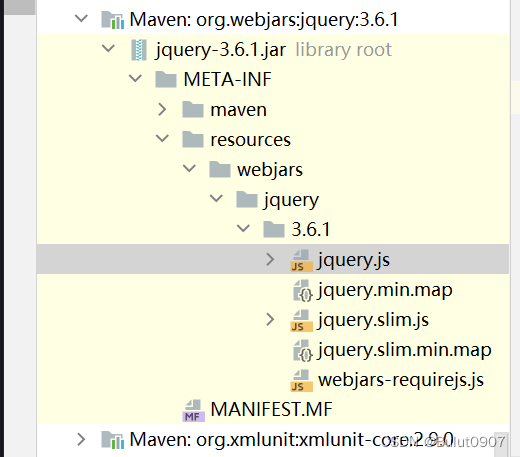
然后访问http://localhost:8080/static/webjars/jquery/3.6.1/jquery.js。显示如下:
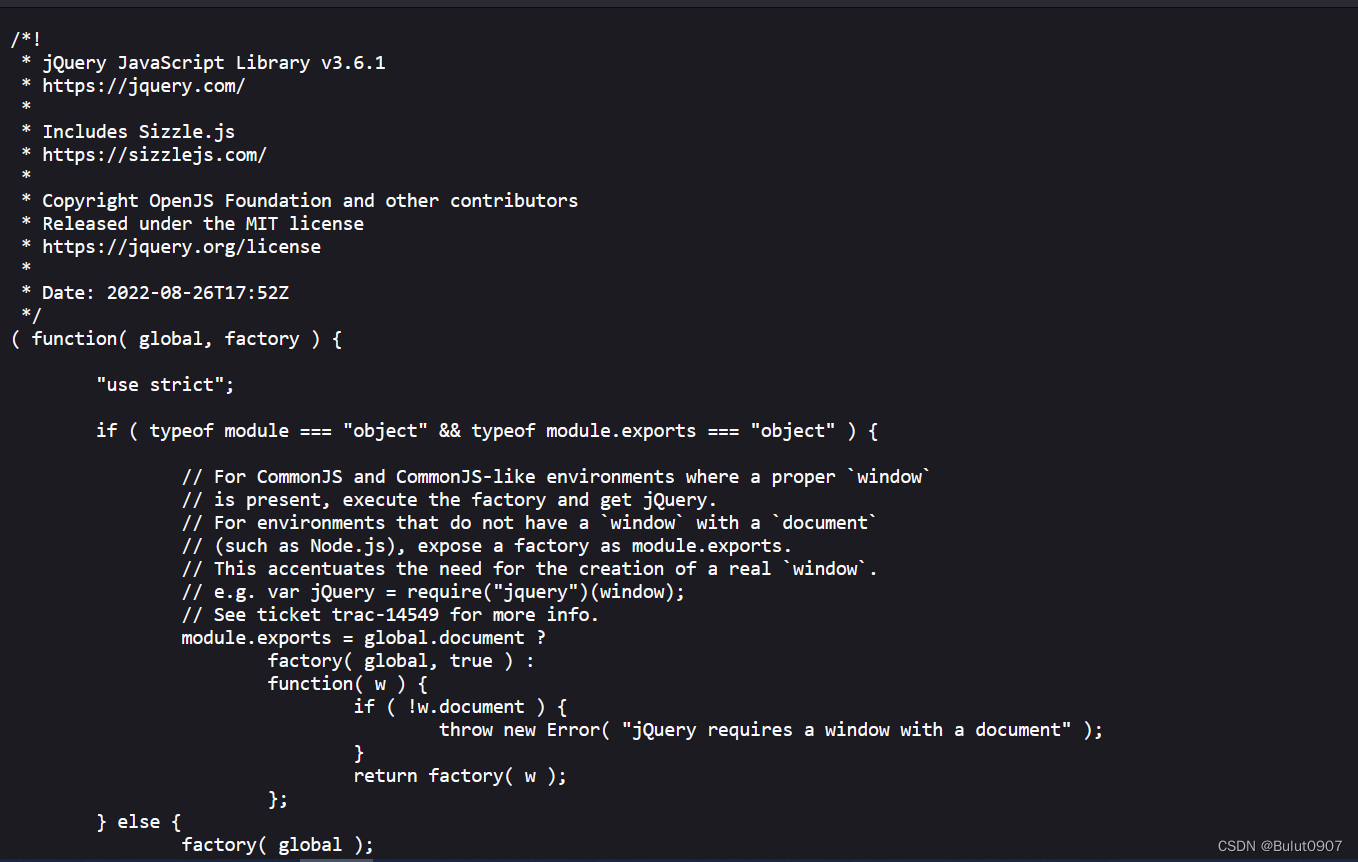
可以使用spring.mvc.webjars-path-pattern=/wj/**修改webjars路径访问前缀,这样需要通过http://localhost:8080/static/wj/jquery/3.6.1/jquery.js进行访问
1.6 静态资源的关闭
可以通过配置参数:spring.web.resources.add-mappings=false,关闭所有静态资源
1.7 静态资源在浏览器的缓存
-
浏览器会将静态资源缓存,在缓存时间过期前,不会向服务器进行静态资源的请求。通过配置参数进行设置:spring.web.resources.cache.period=3,单位为秒,默认为0秒
-
cacheControl: HTTP缓存控制。参考: https://developer.mozilla.org/zh-CN/docs/Web/HTTP/Caching。通过
spring.web.resources.cache.cachecontrol.max-age=7200设置,默认是7200秒,优先级比spring.web.resources.cache.period高。如果没手动设置该参数,但手动设置了spring.web.resources.cache.period,则period参数生效 -
useLastModified:是否使用最后一次修改。配合cacheControl使用。比如如果浏览器访问了一个静态资源index.js,如果服务器这个资源没有发生变化,下次访问的时候就可以直接让浏览器用自己缓存中的东西,而不用给服务器发请求,此时浏览器状态码为304。通过
spring.web.resources.cache.use-last-modified=true设置,默认为true -
共享缓存和私有缓存。共享缓存: 客户浏览器和代理服务器都会缓存;私有缓存: 只有客户浏览器会缓存。通过
spring.web.resources.cache.cachecontrol.cache-public=true和spring.web.resources.cache.cachecontrol.cache-private=false设置。默认由浏览器自行决定,但一般是私有缓存
1.8 静态资源实战
Controller中定义了一个@RequestMapping(“/static/baidu1.jpg”)路径,和resources\META-INF\resources\baidu1.jpg静态资源的路径一样。内容如下:
package com.hh.springboottest.myController;
import org.springframework.web.bind.annotation.RequestMapping;
import org.springframework.web.bind.annotation.RestController;
@RestController
public class HelloController {
@RequestMapping("/static/baidu1.jpg")
public String helloHandle() {
return "hello springboot";
}
}
resources目录内容如下。分别有resources/META-INF/baidu1.jpg、resources/my-resources/baidu2.jpg、resources/public/baidu3.jpg、resources/resources/baidu4.jpg、resources/static/baidu5.jpg
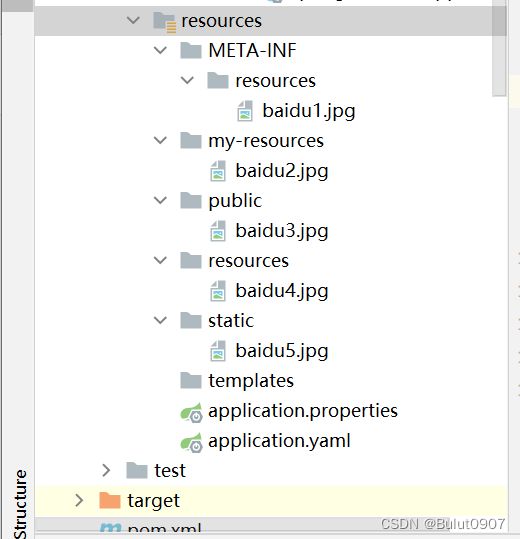
application.yaml内容如下。分别定义了静态资源访问URL根路径,和静态资源目录
spring:
mvc:
static-path-pattern: /static/**
web:
resources:
static-locations: [classpath:/my-resources/]
访问http://localhost:8080/static/baidu1.jpg,效果如下:

访问http://localhost:8080/static/baidu2.jpg,效果如下:

http://localhost:8080/static/baidu3.jpg、http://localhost:8080/static/baidu4.jpg、http://localhost:8080/static/baidu5.jpg不能访问
1.9 通过代码自定义静态资源访问规则
如下。添加一个静态资源访问URL,并指定其访问资源路径和缓存时间。其原理是给容器中添加一个WebMvcConfigurer组件,让配置的底层行为都生效
import org.springframework.context.annotation.Configuration;
import org.springframework.http.CacheControl;
import org.springframework.web.servlet.config.annotation.ResourceHandlerRegistry;
import org.springframework.web.servlet.config.annotation.WebMvcConfigurer;
import java.util.concurrent.TimeUnit;
// @EnableWebMvc // 禁用springBoot的默认配置
// 这是一个配置类。给容器中放一个WebMvcConfigurer组件,就能自定义底层。有以下两种方式
// 1. 可以让配置类实现WebMvcConfigurer接口
// 2. 可以在配置类中,将@Bean注解标注在方法上,然后方法返回WebMvcConfigurer
@Configuration
public class WebConfig implements WebMvcConfigurer {
@Override
public void addResourceHandlers(ResourceHandlerRegistry registry) {
// 默认就会保留以前规则
// WebMvcConfigurer.super.addResourceHandlers(registry);
// 自己添加新的规则
registry.addResourceHandler("/my-static/**")
.addResourceLocations("classpath:/static1/", "classpath:/static2/")
.setCacheControl(CacheControl.maxAge(1180, TimeUnit.SECONDS));
}
}
